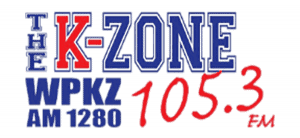LITTLETON — The groundbreaking ceremony for King Street Common, an expansive, campus-style development by the Lupoli Companies, took place on the site of the former IBM campus located at 550 King St. Monday afternoon.
American Rescue Plan Act
Fitchburg library temporary location open
FITCHBURG — The library opened a temporary location at 166 Boulder Dr. late last year to provide library services and programs throughout the renovation and expansion project of the library’s Main Street building. “We have enjoyed welcoming so many members of the community at 166 Boulder Drive as the work to renovate and expand our […]
